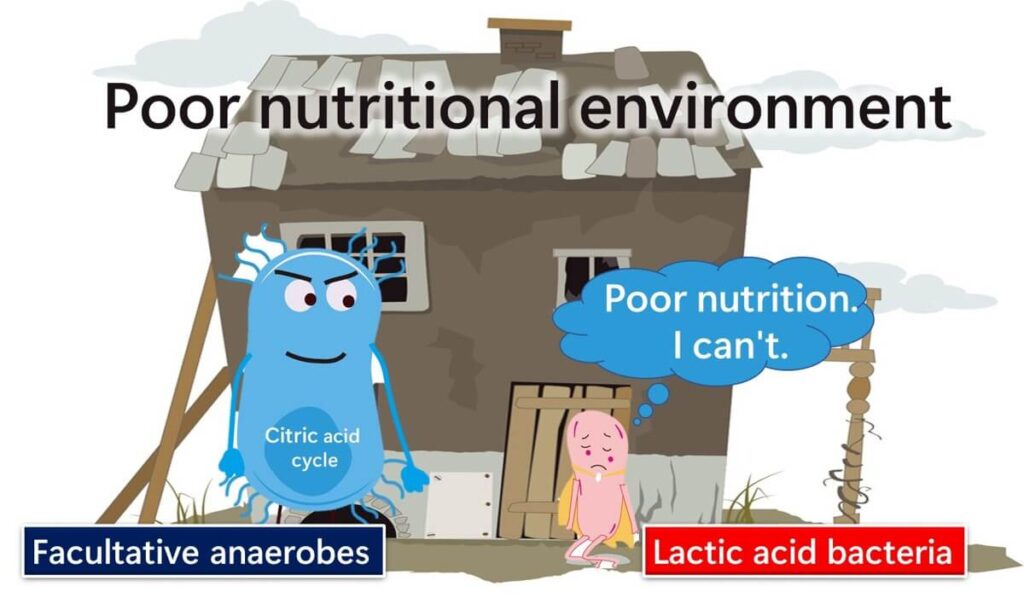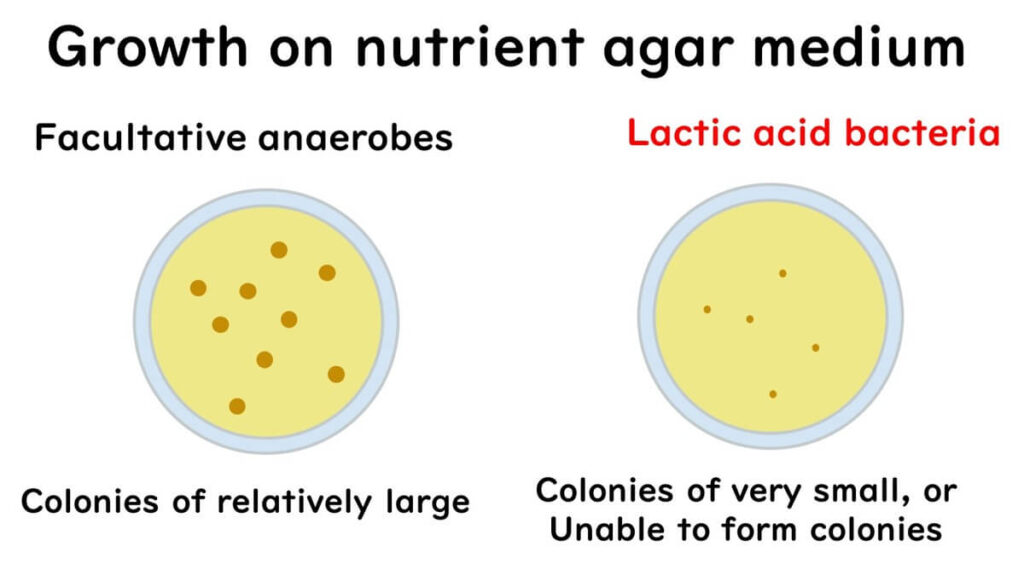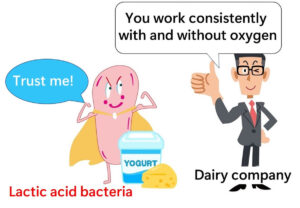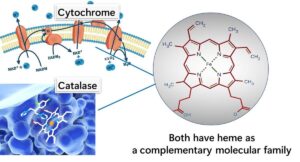In this article, we’ll explore the fascinating phenomenon of overflow metabolism and how it plays a crucial role in lactic acid bacteria's survival and functionality. We’ll also define and classify lactic acid bacteria, examining their unique traits and adaptations that make them essential in food preservation and fermentation processes. By understanding why these bacteria rely on lactic acid fermentation even in oxygen-rich environments, we gain insight into their metabolic choices and the advantages they offer.
Defining and Classifying Lactic Acid Bacteria
Not all Gram-positive bacteria are considered lactic acid bacteria; a distinguishing feature is the absence of catalase, an enzyme found in many other bacteria. Lactic acid bacteria belong to a specific group of Gram-positive bacteria with unique metabolic capabilities, particularly their reliance on lactic acid fermentation. This group includes both cocci (spherical) and rods (cylindrical), classified primarily by their ability to convert over 50% of consumed glucose into lactic acid.
Key characteristics defining lactic acid bacteria include:
- Gram-positive structure (retaining a thick peptidoglycan layer in cell walls),
- Catalase-negative (absence of catalase enzyme),
- Non-spore-forming, and
- Specialisation in converting glucose into lactic acid through fermentation.
Within this classification, the core genera include Enterococcus, Lactobacillus, Pediococcus, Leuconostoc, Oenococcus, Lactococcus, and Streptococcus. It's worth noting that while Bifidobacterium is often associated with probiotics, it is not classified within lactic acid bacteria due to its distinct metabolic characteristics.

Beyond Lactic Acid Bacteria – Fermentation with Oxygen
The preference for fermentation metabolism, even in the presence of oxygen, isn’t unique to lactic acid bacteria alone.
For instance, yeast, which performs alcohol fermentation, can adopt a similar metabolic approach. When glucose is scarce but oxygen is abundant, yeast breaks down glucose into carbon dioxide and water via the Krebs cycle, producing ATP. However, when there’s an abundance of glucose, yeast may switch to alcohol fermentation, even if oxygen is available.
This choice, where rapidly growing cells turn to fermentation despite the presence of oxygen, is known as overflow metabolism. It’s observed in other organisms too, such as E. coli, which may opt out of the Krebs cycle in glucose-rich environments and rely on fermentation instead.
Interestingly, even human cancer cells use lactate fermentation to grow rapidly, a phenomenon known as the Warburg effect. This highlights how overflow metabolism is a universal strategy that extends beyond lactic acid bacteria.

Understanding Overflow Metabolism
Overflow metabolism is a metabolic strategy where cells produce energy through fermentation, regardless of oxygen availability. It’s like a “backup system” for cells that don’t necessarily rely on oxygen to thrive. Instead, their primary fuel source, glucose, dictates their energy pathway, pushing them to choose between the Krebs cycle and fermentation based on glucose abundance.
In fermentation metabolism, the energy output is comparatively low, but it’s quick and doesn’t require many enzymes. Imagine this process as grabbing a quick snack—it may not yield the highest ATP production, but it’s enough when glucose is plentiful.
Think of lactic acid bacteria, like those found in yogurt, as experts in overflow metabolism. This adaptation allows them to thrive in nutrient-rich environments, producing consistent lactic acid without needing to rely on more complex respiratory pathways.
Why Lactic Acid Bacteria Thrive on Overflow Metabolism
So, why do microorganisms like lactic acid bacteria favour overflow metabolism? This strategy is particularly useful when there’s an excess of glucose or other nutrients. Overflow metabolism allows these bacteria to extract just enough energy without fully relying on the Krebs cycle, which would require more enzymes and cellular resources.
Lactic acid bacteria are perfectly adapted to nutrient-rich settings, where extracting every last bit of energy from glucose isn’t necessary. Instead, they produce lactic acid efficiently, ensuring consistent fermentation results. This feature makes them ideal for fermentation-based food processes, where stability and predictable acid production are essential.

It’s important to remember that overflow metabolism is a short-term growth strategy, effective in glucose-rich environments where cells can afford to “waste” a bit of energy. In resource-scarce environments, though, using the Krebs cycle to produce energy might be more beneficial for survival.

This is why lactic acid bacteria, when placed on plate count agar (PCA), tend to form small colonies or may not grow at all.

Please see the following article for an explanation of the culture medium of lactic acid bacteria.
Let's understand the medium components of lactic acid bacteria culture media.
A Glimpse into Evolutionary Adaptation
Looking back at the history of life on Earth, we find that early cells in nutrient-rich environments likely relied heavily on overflow metabolism. However, as resources diminished, more complex pathways like the Krebs cycle evolved to maximize energy extraction from glucose.
In other words, lactic acid bacteria are highly adapted to a world where glucose and nutrients are readily available. They’re like organisms that always have access to a quick snack and don’t need to develop an energy-conserving lifestyle. This unique adaptation makes them resilient and valuable for industrial fermentation processes, where the stable production of lactic acid is key.
Conclusion
Lactic acid bacteria have carved out a unique niche by specialising in overflow metabolism. This metabolic choice enables them to flourish in environments where nutrients are abundant, providing a reliable source of lactic acid for fermentation processes. Their reliance on overflow metabolism, rather than the energy-intensive Krebs cycle, has allowed these bacteria to become essential for food preservation and fermentation industries. In our next article, we’ll examine why lactic acid bacteria lack catalase and how they adapt to environments with and without oxygen.

